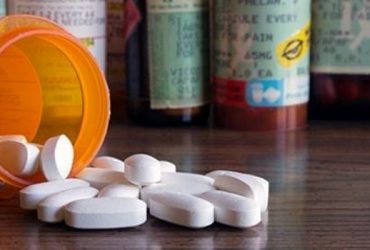Declines seen across drug classes and for most states
Most individuals report that their first opioid exposure involved prescription opioids for themselves or others
Highest percentage of cocaine co-involvement seen in industries that are less physically strenuous
Opioid prescriptions in the emergency department linked to small increases in hospital admission and subsequent opioid prescription use
This trend may be driven by increases in heroin and synthetic opioids coinvolvement
Higher levels of smoking also tied to pain-related work limitations and worse self-reported health, mental health
Significant increase seen in prepandemic EMS encounters, followed by immediate, significant increase with pandemic interruption










